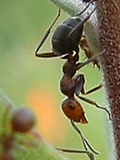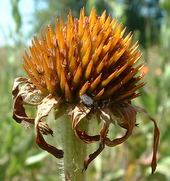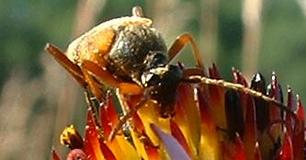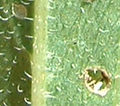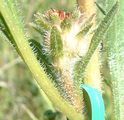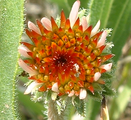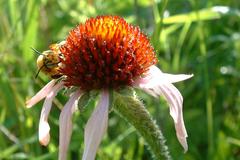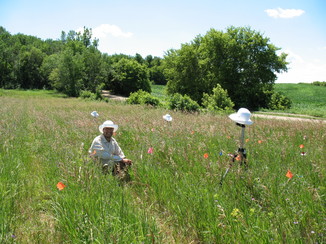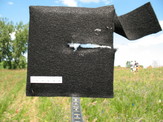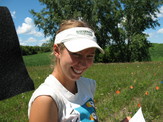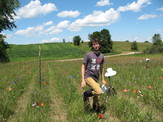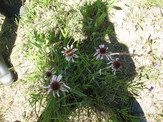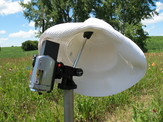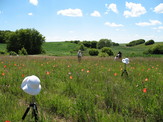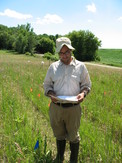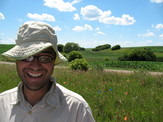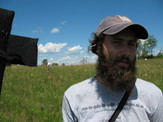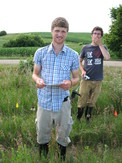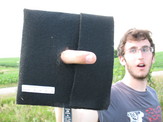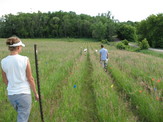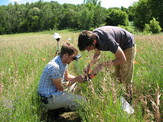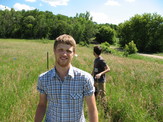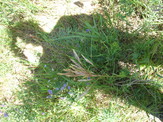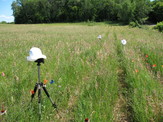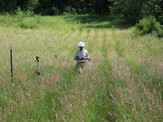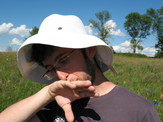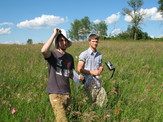Hey everybody, I pleasantly stumbled upon this blog today and i’m glad to see this year’s Team Echinacea is up and running. Everything is looking good. The Flog is definitely proving to be a useful, as well as fun and interesting tool. I was a member of Team Echinacea last year as well as the Bee Team.
I recently got the chance to watch an experienced beekeeper mark a queen honey bee. The process was very quick and easy and I think could be tailored to use in the field in MN. There is a special container used for capturing and marking. A marking pen with special bee marking paint is used. There is no cooling involved. I’m going to try to find a website that explains this. The marking paint used by beekeepers is designed to last for the lifetime of the bees. Here is a video from youtube that demonstrates the marking of a queen bee.
I think that you guys should invest in some marking pens and look into getting other beekeeping equipment, at least just to see what is out there. Last year we didn’t really look into that stuff so we were just kind of reinventing the wheel.
-Jameson
|
||||
|
i started this flog entry last year and never finished it. I’m just going to publish it as it is… To streamline the process and get everyone on the same page i’m compiling photographs of all the different categories that we are noting in association with Echinacea plants. Status Insects grasshopper leaf miner ???????????? Disease deformed lf dead lf Wrinkles 1 lf minor Other Damage 1 lf minor 1 mowed lf 1 burned tip CGhead-info-07sub no fls normal ants ant nest egg sac wht fuzzy long-legged bug larva beetle pupa thorn hopper spittle grasshopper
Insect Damage Disease (head) whole hd weird weird tufts Here are my daily photos KAP took the kite w/ camera up over the common garden today so they could fine tune the procedure and technique for getting good aerial photos. I took these photos as I was helping put staples in the garden and change camera batteries these pictures are from monitoring/measuring/demography/demo of the common garden. Basically it means finding each and every plant in the common garden and measuring and recording every aspect of them |
||||
|
© 2024 The Echinacea Project - All Rights Reserved - Log in Powered by WordPress & Atahualpa |
||||



